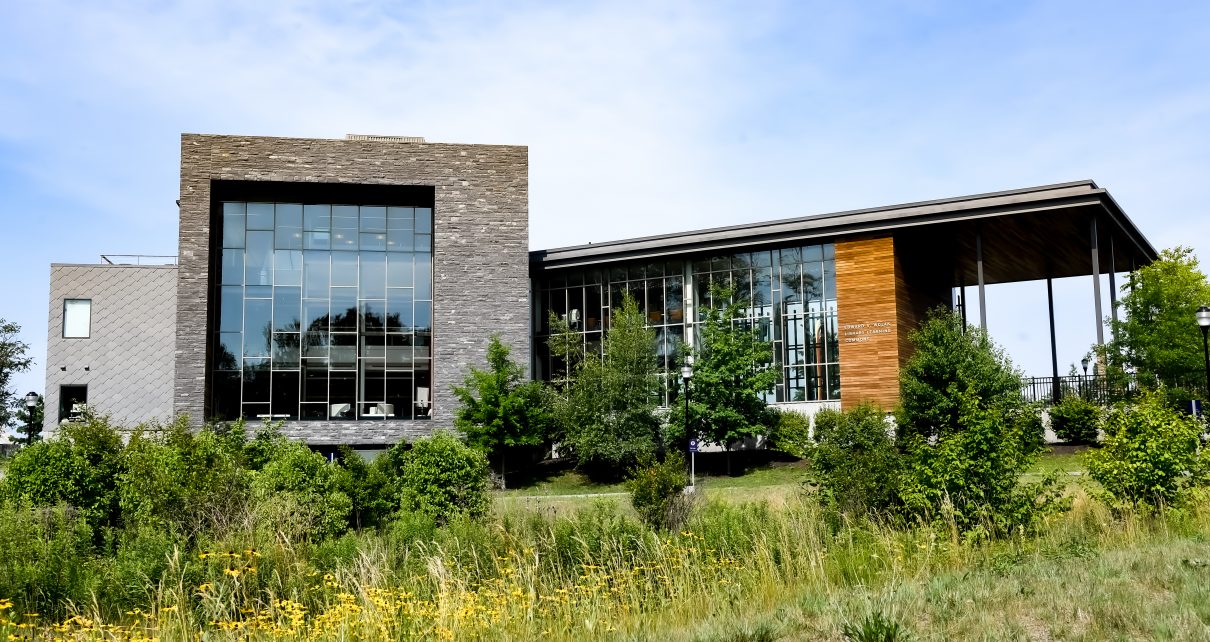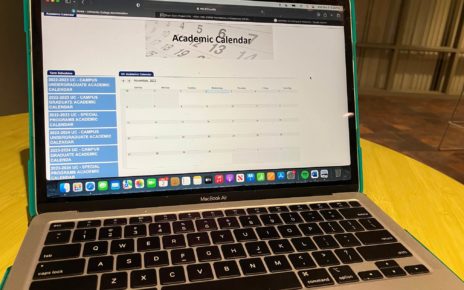With the COVID-19 pandemic continuing to reshape the world, colleges are scrambling to deliver effective solutions to their communities that adapt to the health crisis. While SNHU has had to accommodate like the rest, its existing online environment has undoubtedly made the transition smoother.
Last spring, when SNHU decided to move to a completely online environment, it was already ahead of the curve. Thanks to online tools like Brightspace, professors already had virtual access to all of their required coursework. The scalability of Brightspace also made it perfect for the massive influx of users. To help with this transition, professors had to go through a four-week boot camp before classes started to understand the online tools they had access to.
Lynn-Murray Chandler, Executive Director of Teaching and Learning, helped lead a team that trained up to 188 faculty members. She worked in collaboration with staff that included Aaron Flint, IT Director of Instructional Support, Katie Rector, an Instructional Support Consultant, Michael Evans, Vice-President of Academic Affairs, and many more. Because the plan to move online was announced in advance, the team had plenty of time to plan for the fall semester and beyond. Chandler spoke positively about the general reception towards the training, as many faculty members were already well-acquainted with online tools such as Brightspace.
Adjunct Professor and Academic Advisor Devin Chaloux, who has had experience teaching in the College of Online and Continuing Education (COCE) as well as on-campus classes made the adjustment to online teaching quickly. “One huge benefit is that the online classes are far more structured than classes on campus…it is much easier to clarify assignments and deadlines in a centralized online space,” Chaloux stated when asked the most positive aspect of the online classes.
Chaloux believes that the online environment has increased student engagement, saying, “In traditional classes, you would have a high percentage of people who would not talk. Now, with online discussions, the quality of discussions has improved dramatically.” Chaloux attributes this growth in engagement to the online environment, in which students get to thoroughly process their thoughts before posting. Despite all of the apparent benefits, Chaloux sees the lack of face-to-face interaction as a downside to exclusively remote learning. “In-person, it was easier to detect what students may have been struggling with classwork. It was also easier to immediately reach out to help students. Without that in-person interaction, it requires an extra level of engagement to contact them.”
For the future of SNHU, the development team has already worked with teachers to outline each program’s curriculum. Recently, the team submitted their plans to President LeBlanc and are currently waiting on his approval. When students return to campus, their feedback to the new programs will shape its future. The general goal is to increase project-based learning and incorporate more industry knowledge into courses.




